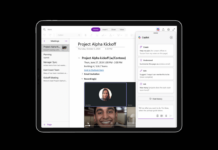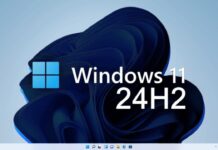We all know very well that how important and useful the P2P networks are, but, now according to the Edward Snowden leaks the P2P networks are in the crosshairs of the authorities in many countries, as NSA spied on BitTorrent, KaZaA, eDonkey And Other P2P Networks.
Edward Snowden — NSA Spied On BitTorrent, KaZaA, eDonkey And Other P2P Networks
The P2P networks are in the crosshairs of the authorities in many countries, as in Germany. As the IP addresses are public, you can know which line is sharing content subject to copyright. However, it would be much more serious if the authorities could access your computer through those networks. Yes, that was the NSA.
KaZaA and eDonkey2000: the first objectives of the NSA in P2P networks
In the early years of P2P, users who used it did not assume that they could be monitored, spied on, and even could be hacked through these networks. Unfortunately, these exchange sites operated totally open. The files were exchanged through shared folders, through which anyone could see what another user was sharing.
Among the first most popular file-sharing programs we found KaZaA (which used the FastTrack network), or eDonkey2000 (eD2k network). They shared mostly music (the movies could take days to get off), which did not like the record industry. From there began to launch demands by the industry against users who shared content in P2P networks, demonstrating that users were being watched and that what they were doing on the network was not secret.
In addition to the audiovisual industry, there was also another agency spying on networks: the NSA. As a result of a document that has just been published, which is part of the leaks of Edward Snowden, the NSA managed to breach in its early P2P networks. This was published in the NSA internal newsletter called SidToday in June 2005, which described a program called File-Sharing Analysis and Vulnerability Assessment (FAVA).
Instead of trying to infringe on P2P networks to be able to spy on all citizens, the bulletin details that the NSA sought access to them in the event that any of its objectives used them to have a way of accessing their computer. The fact that they exchanged music as such had no value at the level of information.
The BitTorrent protocol was also among its objectives
The traffic networks like KaZaA, although encrypted, had a rather limited protection. This was not a big problem for the NSA, who managed to decrypt and decode the traffic of KaZaA and eDonkey to know which files were being shared as well as queries to the database. With its tools, the NSA could analyze user’s hard drive logs, revealing data such as e-mail addresses, zip codes, usernames, file location paths, as well as recent searches.
With this information, the NSA could analyze the behavior of the users, especially of those who looked for something more than music, besides knowing at what time they did it. With this, they could create personality profiles of the users based on their tastes. If the NSA already did this in 2005 in the first P2P networks, it is almost certain that at present they continue doing similar tasks with BitTorrent as well. In fact, in 2005 the FAVA program had as objectives the BitTorrent protocol, as well as the communications of MSN Messenger.
For this, there were two programs called GRIMPLATE and DIRTY RAT. The first was to investigate how users of the Department of Defense used BitTorrent. The second, developed by the British espionage agency GCHQ, allowed users to be identified by downloading or sharing eMule files and BitTorrent networks. We will see if future leaks reveal more information about this.
So, what do you think about this? Simply share your views and thoughts in the comment section below.


